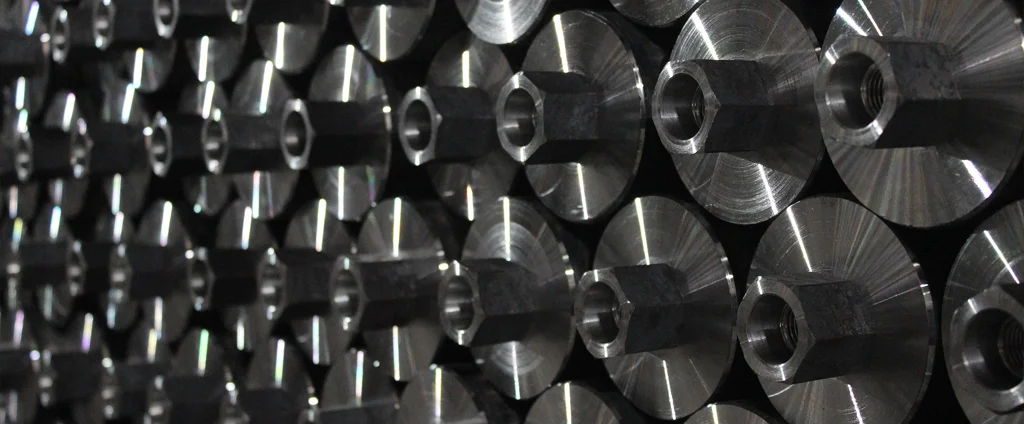SAE/AISI 1017 Carbon Steel (UNS G10170)

SAE/AISI 1017 steel is a low-carbon alloy valued for its excellent machinability, weldability, and cold-forming characteristics. Its moderate strength and ductility make it a versatile choice for applications where ease of fabrication and cost-efficiency are critical, without compromising essential performance.
| Chemical Composition | ||
|---|---|---|
| Element | Min | Max |
| Iron | 99.11% | 99.56% |
| Carbon | 0.14% | 0.20% |
| Manganese | 0.30% | 0.60% |
| Phosphorous | —— | 0.04% |
| Sulfur | —— | 0.05% |
The following table provides a list of SAE/AISI 1017 properties in both SI and US customary/Imperial units.
Click on the button to switch between Metric and Imperial units.
| Physical Properties | Metric |
|---|---|
| Density | 7870 kg/m3 |
| Mechanical Properties | Metric |
| Tensile Strength (Ultimate) | 405 MPa |
| Tensile Strength (Yield) | 340 MPa |
| Young’s Modulus (E) | 190 - 210 GPa |
| Bulk Modulus (K) | 140 GPa |
| Shear Modulus (G) | 80 GPa |
| Elongation at Break | 18% |
| Poisson’s Ratio (ν) | 0.27 - 0.30 |
| Brinell Hardness | 116 |
| Thermal Properties | Metric |
| Thermal Conductivity | 52 W/m·K |
| Specific Heat Capacity (Cp) | 481 J/kg·K |
| Coefficient of Thermal Expansion (αL) | 1.2×10-5 1/°C |
| Electrical Properties | Metric |
| Electrical Conductivity | 4.6×106 S/m |
| Electrical Resistivity | 2.17×10-7 Ω·m |
The values in this table are approximate and can vary depending on various factors such as the specific manufacturing process and heat treatment applied to the alloy.
Advantages & Disadvantages of 1017 Carbon Steel
| Advantages | Disadvantages |
|---|---|
| Cost-effective | Lower strength |
| Excellent weldability | Limited hardenability |
| Good formability | Lower wear resistance |
| Good machinability |
Applications of 1017 Carbon Steel
Due to its good machinability, weldability, and moderate strength, 1017 steel is used in a wide range of general-purpose applications, including:
- Shafts and rods: Ideal for components that transmit rotational motion in mechanical systems.
- Bolts and fasteners: Common in screws, bolts, and connectors for structural assembly.
- Couplings and fittings: Frequently used in plumbing and piping systems for its ease of machining.
- Machinery components: Found in gears, levers, brackets, and bushings requiring good formability.
- Automotive parts: Used in brackets, clamps, and other components with moderate strength needs.
- Construction hardware: Suited for structural hardware where weldability and formability are important.
